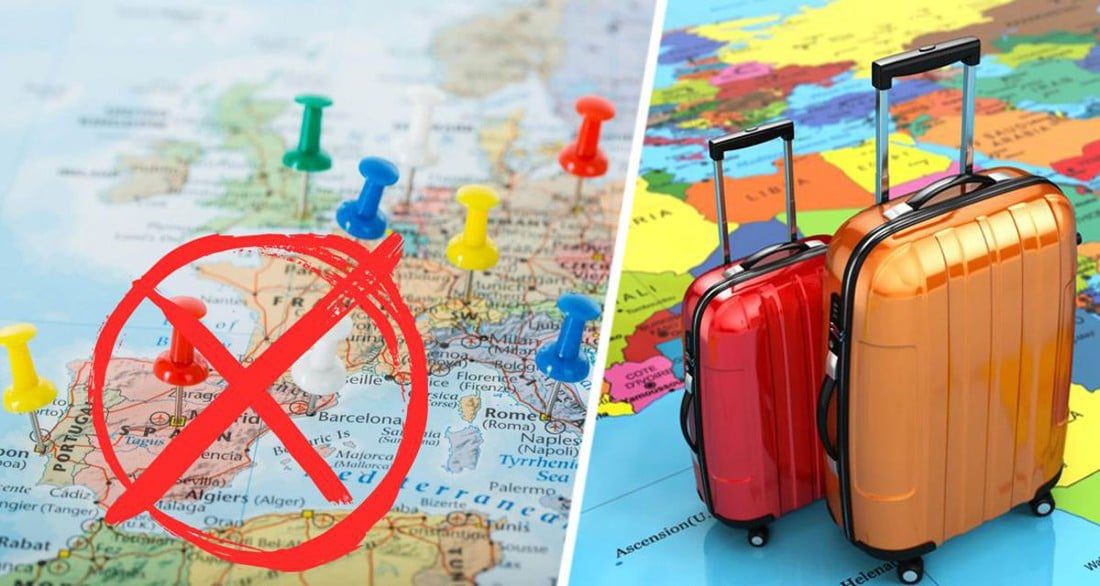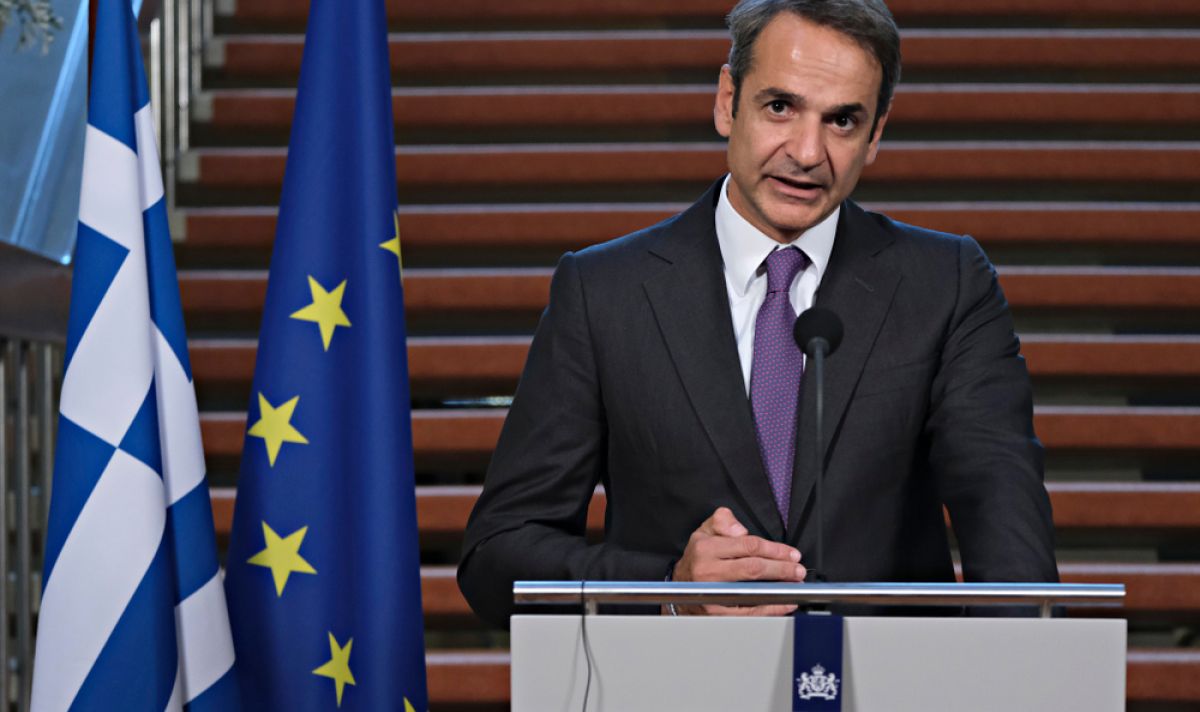The new rules on product safety aim to ensure that all kinds of products in the EU, whether sold online or in traditional shops, comply with the highest requirements.
On Thursday, the Internal Market Committee adopted its position on the EU’s updated rules on product safety of non-food consumer products with 41 in favour, one against and two abstentions. MEPs adopted changes to enhance the safety of products sold in the EU and future-proof the existing legal framework. MEPs also clarified obligations for economic operators and online marketplaces and strengthened product safety requirements.
Clearer rules for operators and safety of products
All economic operators, such as manufacturers, importers and distributers, would have to comply with the updated general safety obligations to place products on the EU market. If those economic operators are not established in the EU, they would have to designate a responsible person in the EU as a contact point for authorities.
If they fail to comply, penalties can reach up to 4% of their annual turnover.
MEPs also strengthened provisions on safety requirements for products to take into account possible specific risks to the most vulnerable consumers such as children, the elderly and persons with disabilities. Products should be safe for all users, including women, whose safety should also always be considered when products are designed. Technological aspects, like cyber interference, but also the effects that digitally connected products can have on children’s mental health need to be considered.
Removal of dangerous goods
According to the adopted text and in line with the recently agreed Digital Services Act, online marketplaces would have to establish single contact points to communicate swiftly with surveillance authorities and consumers. Authorities can oblige online marketplaces to remove and disable access to illegal listings of dangerous products. After being notified, online marketplaces would have one day to act. They would conduct random checks to identify the dangerous products.
MEPs also want the rapid alert system for dangerous products (“Safety Gate” portal) to be modernised to allow online marketplaces to detect unsafe products more easily. The portal should become more intuitive and information should be easily accessible for users, including persons with disabilities.
Efficient recall procedures and access to information
In case a dangerous product needs to be recalled or there is a safety warning, economic operators and online marketplaces would be required to inform consumers and widely disseminate the information online. Consumers would be informed of their right to repair, replacement or refund.
MEPs also added a provision to make sure that information on products’ safety is available in easily understandable language and accessible to persons with disabilities.
Quote
The rapporteur Dita Charanzová (Renew, CZ) said: “Today, we take a crucial step towards making sure all products are safe in Europe, by giving consumers more rights and businesses, including online marketplaces, more responsibilities. And importantly, we do so in a way that protects small businesses without limiting consumer choice. Our “Safety Net” will be more effective and new obligations will target sectors where action is most needed. I look forward to a quick adoption under the Czech Presidency of the Council of the EU.”
Next steps
Once the Council adopts its negotiating mandate, interinstitutional talks between Parliament and member states can start. Once an agreement is reached, it will have to be endorsed by Parliament and Council before its publication and entry into force.














